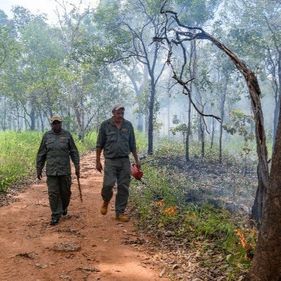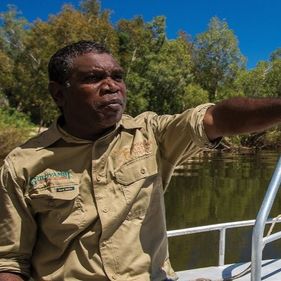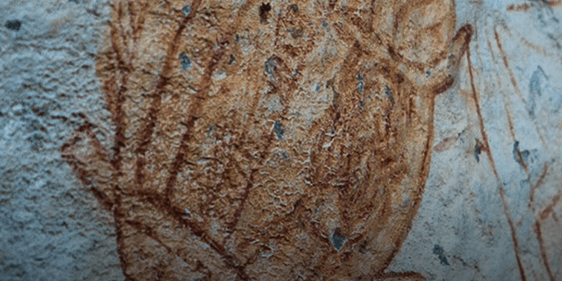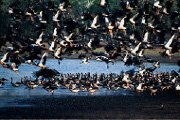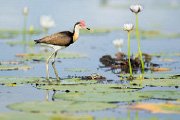Culture
The Aboriginal Traditional Owners welcome you to Kakadu National Park. We are happy and proud to share this special place with you.
Kakadu is a living cultural landscape. It has been home to Aboriginal people for more than 65,000 years. Ours is the oldest living Culture on earth.
We are Bininj/Mungguy
Aboriginal people are called Bininj in the north of the park and Mungguy in the south. Some of us live in Kakadu’s towns and others live in more remote parts of the park, but all of us have a deep spiritual connection to our Country.
The land and its people have always been linked. Caring for our land and its wildlife is fundamental to our Culture. Art, language, ceremonies, kinship and caring for Country are all aspects of cultural responsibility that we have passed from one generation to the next, since the Creation time.
Our clans
Our clans consist of two or more family groups sharing ownership of an area of land. Clan boundaries are passed from one generation to the next, generally through the father. Kakadu has about 19 clan groups.
Kinship
Visit the Warradjan Aboriginal Cultural Centre for a great display and interactive game to help you understand kinship.
In the Kakadu area, our kinship system is very complex. All people, plants, animals, songs, dances, ceremonies and land are divided into two groups, or ‘moieties’: Duwa or Yirridja. Each moiety is subdivided into eight ‘skin’ groups. A child’s skin group is determined by their mother’s skin group but they inherit their moiety from their father.
In simple terms, kinship can be described as a system that defines how people relate to each other. Through the use of ‘skin’ names we identify the people around us as mothers, fathers, uncles, aunts, cousins, potential marriage partners, and so on, and modify our behaviour accordingly. Almost every aspect of day-to-day communication with other Aboriginal people is governed by kinship ties.
Respecting Culture
Our local Aboriginal Culture has a set of social behaviours and customs which are considered good manners.
Traditionally, Aboriginal people (Bininj/Mungguy) do not greet each other every time they meet. However, we are used to non-Aboriginal people doing so and may expect a ‘hello’.
Many Bininj/Mungguy do not use personal names as freely as non-Aboriginal people do and we often address each other by kinship terms.
Bininj/Mungguy appreciate privacy. It is good manners not to take photographs of us without permission.
Some Bininj/Mungguy find constant eye contact uncomfortable.
In Bininj/Mungguy Culture it is important to listen carefully and consider the response carefully before giving an answer.
It is polite to say goodbye when leaving. Our word for goodbye is ‘bobo’ (pronounced bor bor).
Show respect by not entering restricted areas. They may be sacred sites, ceremonial sites, burial grounds or even someone’s home.
Experience the oldest living Culture on earth
Take the first step
A journey of 1000 miles begins with a single click.
Enter your email to get free trip planning advice from Kakadu rangers.


